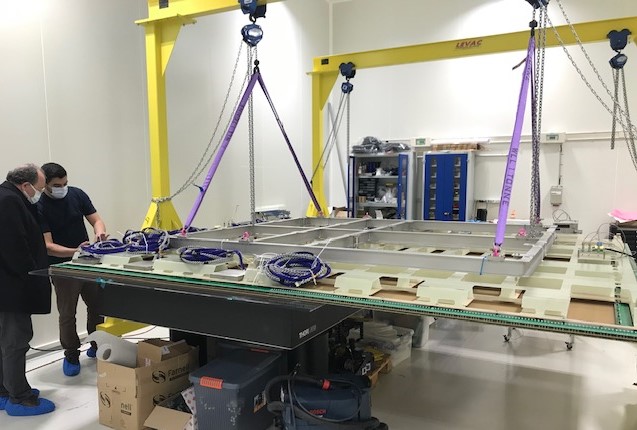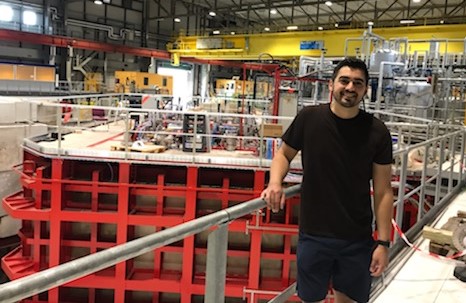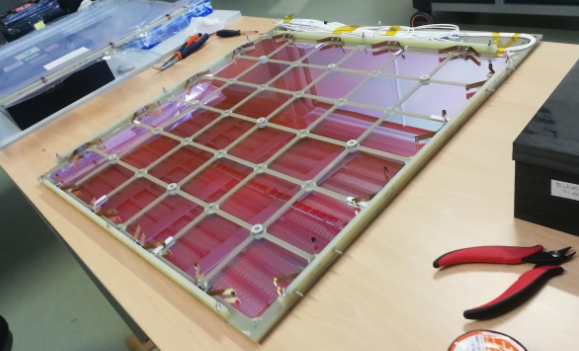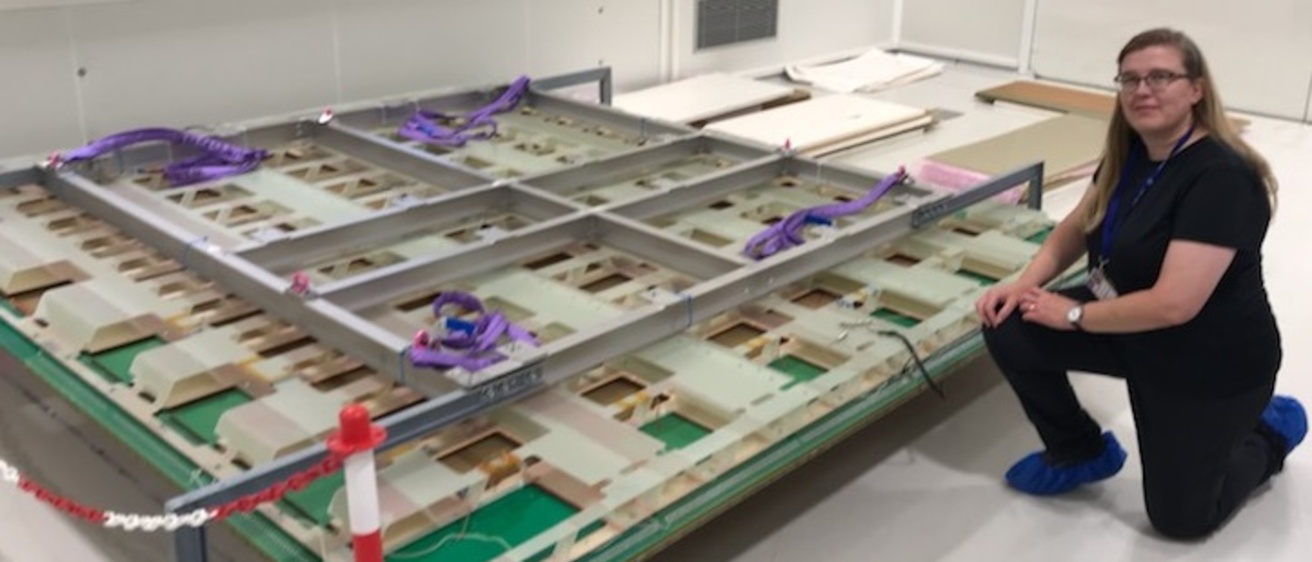Professors Yasar Onel and Jane Nachtman have received a $178,093 award from the Fermi Research Alliance for research and development of detectors for the Deep Underground Neutrino Experiment (DUNE).
DUNE is an international flagship experiment to unlock the mysteries of neutrinos. DUNE will be installed in the Long-Baseline Neutrino Facility, under construction in the United States. DUNE scientists will paint a clearer picture of the universe and how it works. Their research may even give us the key to understanding why we live in a matter-dominated universe — in other words, why we are here at all.
DUNE will pursue three major science goals: find out whether neutrinos could be the reason the universe is made of matter; look for subatomic phenomena that could help realize Einstein’s dream of the unification of forces; and watch for neutrinos emerging from an exploding star, perhaps witnessing the birth of a neutron star or a black hole.
The U.S. Department of Energy’s Fermilab is the host laboratory for DUNE, in partnership with funding agencies and more than 1,000 scientists from all over the globe. They contribute expertise and components, which provide economic benefits to each of the partner institutions and countries. DUNE consists of massive neutrino detectors, at Fermilab in Illinois and Sanford Underground Research Facility in South Dakota. LBNF produces the world’s most intense neutrino beam and provides the infrastructure. The PIP-II particle accelerator at Fermilab powers the neutrino beam.

Top banner image: Prof. Nachtman with an assembled CRP module.
Onel and Nachtman are currently working on two research and development projects for the second Far Detector which is called Vertical Drift, Next-generation LArTPC Detector Technology for the Deep Underground Neutrino Experiment: A Vertical Drift Single-phase Solution with Perforated PCB Anode.
The first project is called CRP (Charge Plane assembly) and a team at CERN’s proto-DUNE facility is working on prototyping this detector. “We are planning to fabricate and test half of this detector in the US with several groups starting around 2025 when the R&D phase is completed, and the detector is baselined before moving to Sanford Underground facility in South Dakota,” Onel said.
The Charge Readout Plane (CRP) modules that will be positioned on the bottom of the DUNE FD-2 vertical drift detector are US scope and require unique engineering solutions from other detector elements.

These include positioning and leveling the upward-facing CRP planes in the cryostat and cabling and testing the readout electronics before they become inaccessible. Iowa will provide scientific and engineering efforts for conceptual planning for the bottom CRP installation and commissioning effort. The team will interface with both US and EU groups at CERN, Fermilab, and SURF (South Dakota) to discuss and propose solutions to the above issues, and other questions that result from their work.
The second project is to perform the design, engineering and testing of a Photodetector system that has a modular structure called xARAPUCA. This current funding is for the first year R&D funding for this photon detector. Once the detector is based lined by the DOE, the manufacturing, assembly, and testing will start again around 2025.

The focus of this work is in two directions: (1) participation in the design, testing, quality assurance and control, and documentation of mechanics for the xARAPUCA module, and (2) participation in the design, testing, quality assurance and control, and documentation of cold electronics for the xARAPUCA readout. This work period overlaps in time with the long-term cold validation and Cold Box design validation activities in the FD2 PDS schedule.
